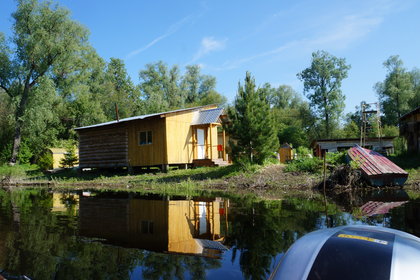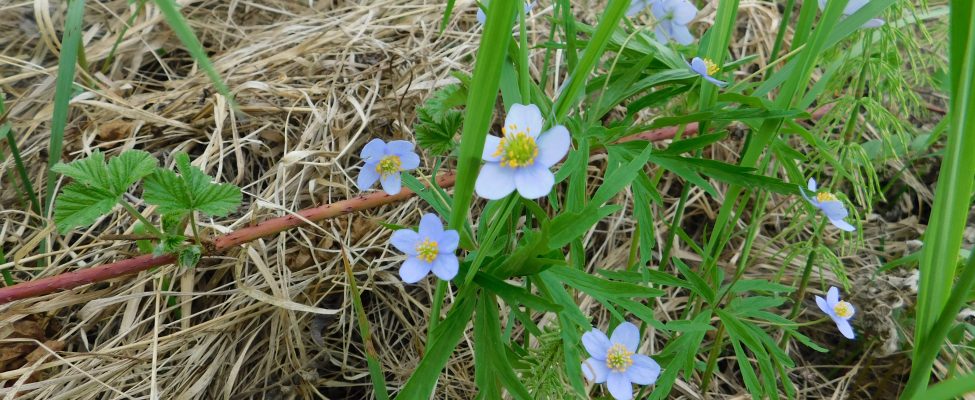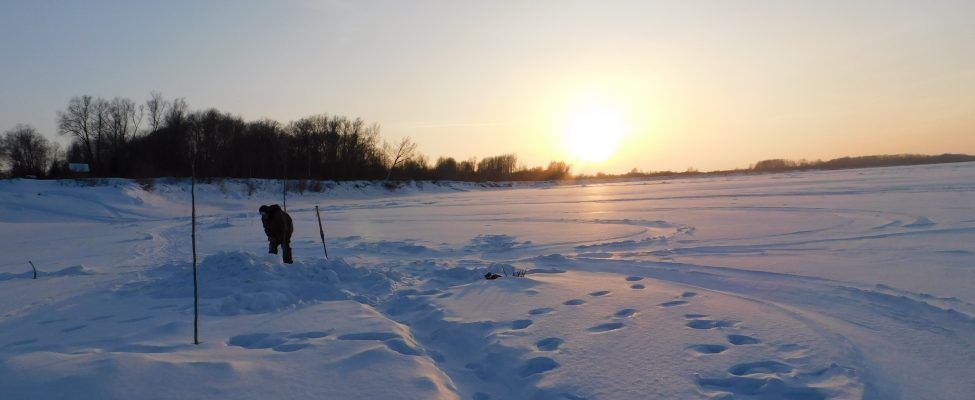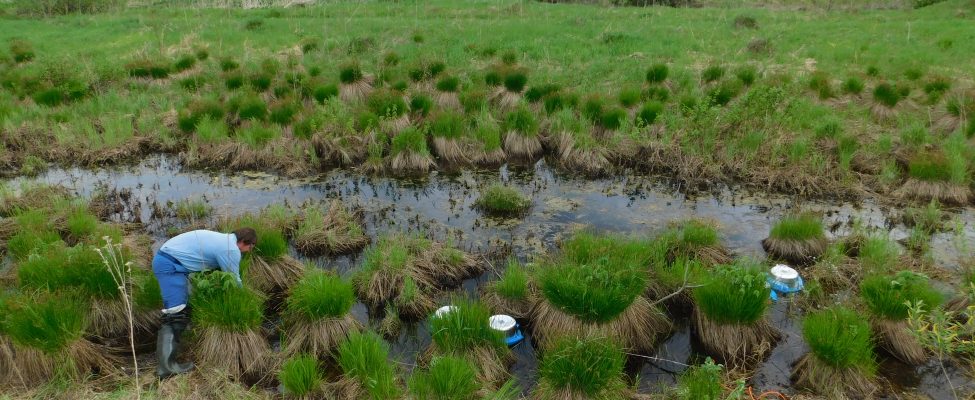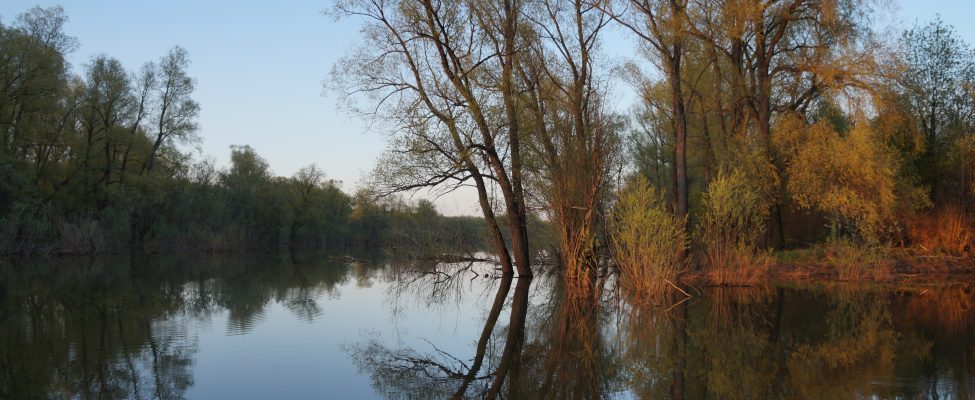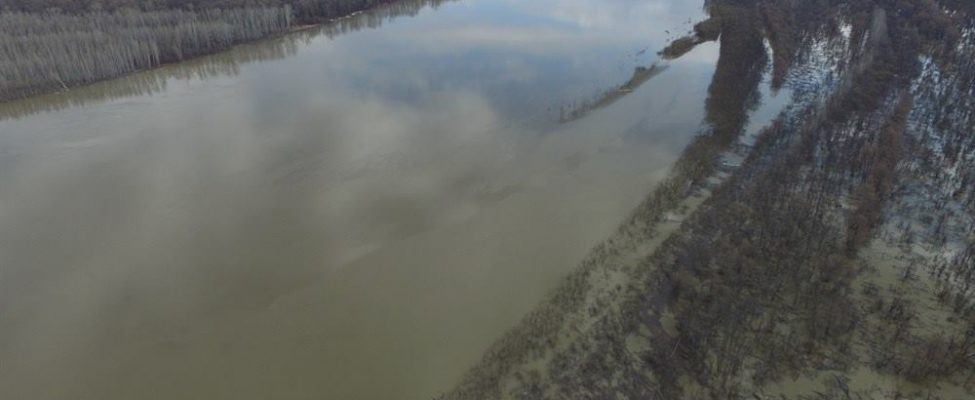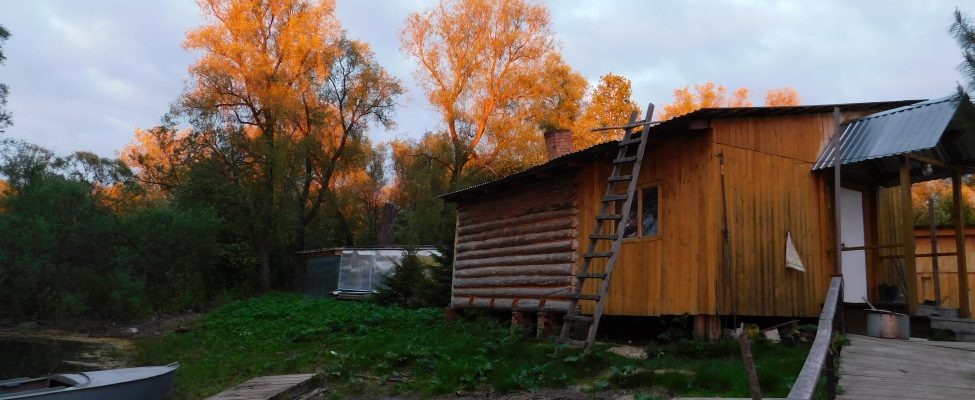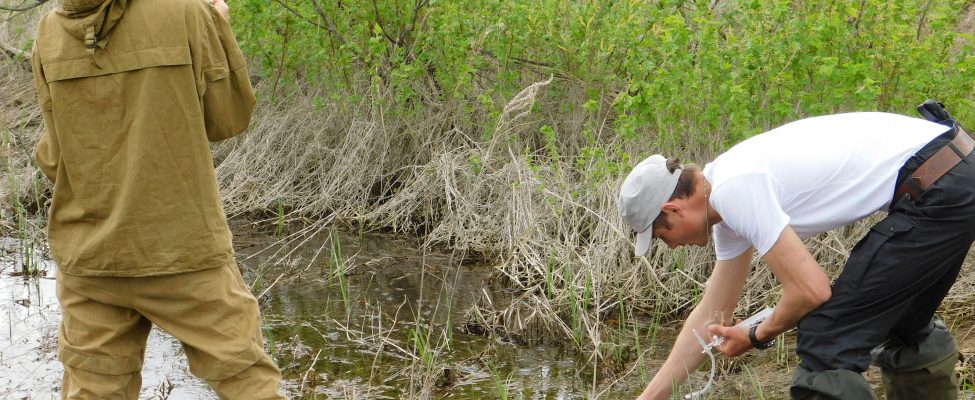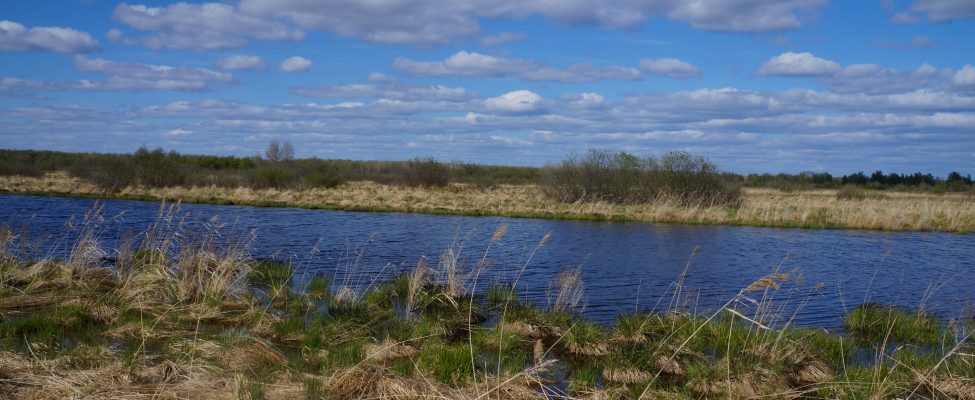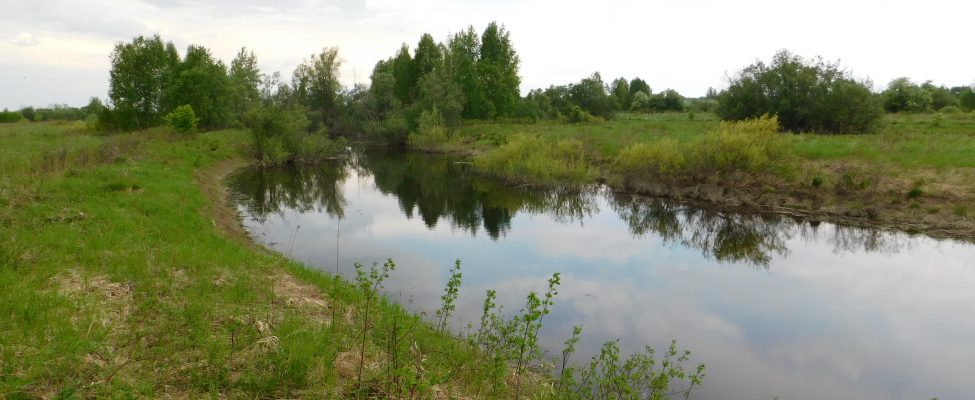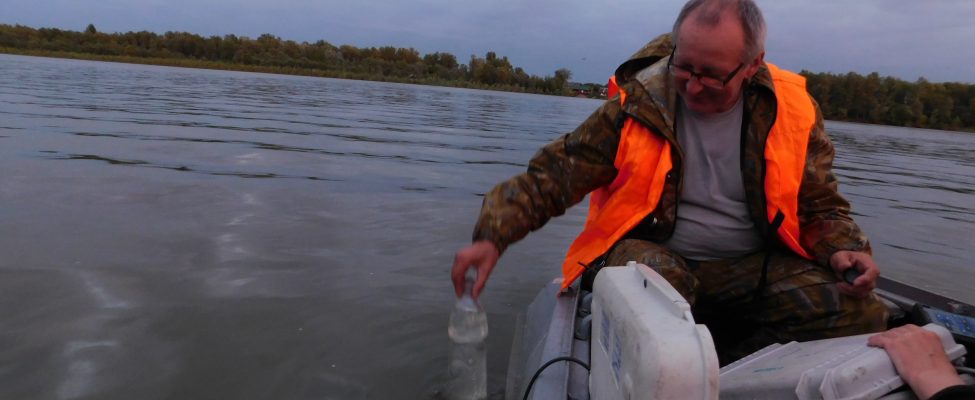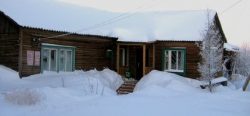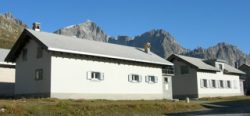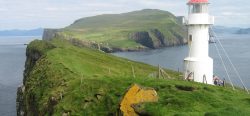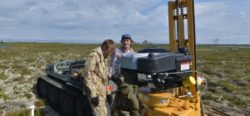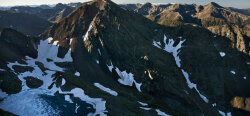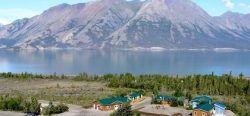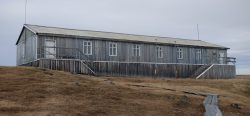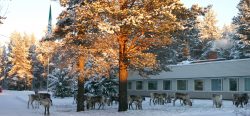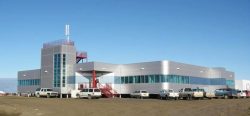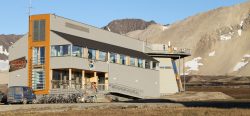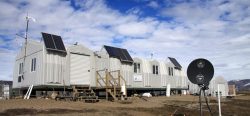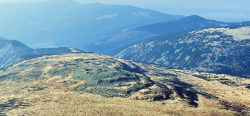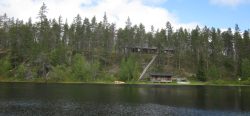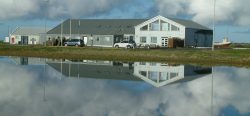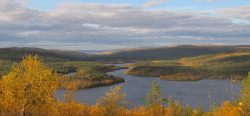Contact Details
36 Lenina Pr.,
National Research Tomsk State University,
Russia, 634050
Collaborator in the project until spring 2022
STATION NAME AND OWNER
The Kajbasovo Research Station belongs to the National Research Tomsk State University, Russia.
LOCATION
The station is located in Western Siberia, Russia, 60 km north-west from the city of Tomsk at N57°14’45,38″ E84°11’06,17″. The station is located in the floodland of the middle course of the Ob River, the longest river in Russia (5410 km) and the second-longest one in Asia. The station is located 60 km north-west from the city of Tomsk, 20 km north-west of the Krivosheino village and 12 km south-east from the Novo-Nikolskoye village, all of them are located in the Tomsk region.
BIODIVERSITY
Unique environment is a main feature of the Station. The station is located in the floodland of the Ob River, which is, on the one hand, a huge source of revenue in the global ocean minerals, carbon dioxideA gas (chemical formula CO2), which occurs naturally in the Earth's atmosphere. Carbon dioxide is given off by organisms when they respire, and it is absorbed by organisms like plants and... More and methaneA colourless, odourless gas (chemical formula CH4). Some microbesproduce methane. It can also be found in underground deposits. Methane is the main component of natural gas, which is is an important... More, and on the other hand – is a giant geochemical barrier, which regulates the flow of substances and elements from catchment basin in the Ob river. Favorable moisture, heat, mineral nutrition compared to non-inundated areas and, therefore, floodlands are the richest landscapes on the territory of Siberia in terms of productivity and biological diversity. The faunaThe animals that live in a particular region, habitat or time (such as geological period like the jurassic). For plants, we use the term flora, and to collectively refer to all... More is diverse. Some of animals and birds are being hunted, others – peregrine falcon, white-tailed eagle, osprey –are included in the Red Book of Russia.
HISTORY AND FACILITIES
The Station is newly opened. In 2015, the station was equipped with 3 wagons (apartment for 8 people, mobile laboratory and special conference-wagon). Maximum capacity for accommodation is 15 people indoors, and in the summer season more than 50 people in the tents. Communication is carried out by the cellular and shortwave radio. Access to the Internet is via the satellite of “Gazprom” corporation The station is equipped by modern and effective facilities: meteorological complex, by sensors and logger of the soil temperature, of the surface and ground waters levels, of the depth of the snow cover.
The station also provides possibilities to use Geographic Information System (GIS) and biogeochemical analysis of river organic carbon (elemental, isotopic and molecular). For scientists who specialized on the dynamic ecosystemAll the living organisms (including people) in an area as well as its physical environment, functioning together as a unit. An ecosystem is made up of plants, animals, microorganisms, soil,... More linkages and on the characterization of the organic at the watershed level and provides crucial information on its morphoedaphic composition, permafrostPermafrost is frozen ground that remains at or below zero degrees Celsius (32 degrees Fahrenheit) for two or more years. It forms in regions where the mean annual temperature is... More status, type of soil, land use and perturbation (natural or anthropic).
GENERAL RESEARCH AND DATABASES
The research at Kajbasovo Station focuses on hydrologyThe study of water in the environment, particularly its amount, movement and quality. It encompasses water in rivers, lakes, glaciers, soil and underground aquifers. The way in which water (liquid and... More, meteorologyThe scientific study of the atmosphere and its phenomena, especially in relation to weather and weather forecasting.... More, ecologyThe study of living organisms in their environment, including where they are found and how they interact with their physical environment and with each other, for example through food webs.... More, botany, zoology, and soil science (primary productivity and mineralization of organic matter). Research areas include: biogeochemistryThe study of the cycling of chemicals between organisms and the surface environment of the Earth. The Earth's surface environment is generally divided into four: the atmosphere (the gases around... More of the organic carbon, biotic cycle of carbon and accompanying elements in the floodplain; migration of water-soluble substances from the catchment ecosystems to the water bodies; hydrochemical, hydrobiological and ichtyological characteristics of the waters of the middle course of the Ob River; optimizing productivity; ornithology and faunaThe animals that live in a particular region, habitat or time (such as geological period like the jurassic). For plants, we use the term flora, and to collectively refer to all... More studies.
There are long-term materials (1977-2001) of field investigations of soil and vegetation of the floodplain, physical and physical-chemical properties of the soils, hydro-chemical properties of the water bodies that are available for using. In the 30-minute vicinity (17 km) is located a former ichthyological and hydrobiological site “Monatki” in which a long time ichthyologic, hydrobiological and ornithological studies were carrying out.
HUMAN DIMENSION
At 5 in. BC. e. – 5. n. e. in the forest zone has developed “kulayskaya culture”, in the bosom of which were formed the peoples inhabiting the territory of the region now – Selkup, Khanty and Siberian Tatars. The face of the Tomsk land was considerably changed with the Russian (settlers) migrants appearance. Russians currently make up the majority of the population.
The leading branch of economy in the region is agriculture. Plant cultivation and animal husbandry industries are developing stably. But the main wealth of the area in which the station is located – forests, which have significant reserves of wild plants: mushrooms, nuts and berries.
The local population is actively engaged in the collection and processing of its.
ACCESS
There are 4 direct 4-hours flights from Moscow to Tomsk. There is also a direct train Moscow-Tomsk, along the famous Trans-Siberian Railway. This takes 2 and a half days.Station can be reached by car from the airport Tomsk (4 hours), as well as by the water transport from the Tomsk river-harbor (3 hours).
